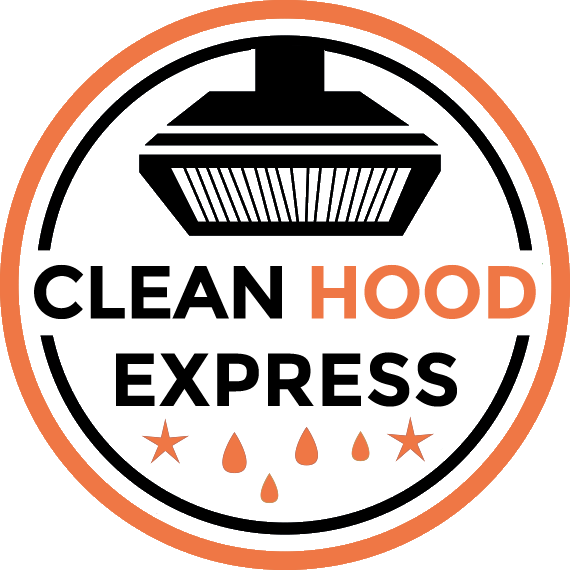The Anatomy of a Great Restaurant Kitchen Exhaust Hood Cleaning
Talking about the anatomy of great restaurant kitchen exhaust hood cleaning will revolve around the removal of all the grease. Bare metal exposed metal free from grease, grime, carbon and debris. Professional hood cleaning company is tasked with getting rid of the hazardous sludge and grease that covers every part of the commercial kitchen exhaust hood system. National fire protection agency publishes the fire code governing fire suppression system and exhaust hood system cleaning.
However, as a restaurant owner, you may not understand all the aspects of a great kitchen hood cleaning or the national fire protection code. You may overlook certain things even when your watching the kitchen hood cleaning. Moreover, a professional hood cleaning company will access areas not readily seen by the kitchen staff as well as the fire suppression system and the exhaust hood filters. As a result you may not see the improperly cleaned exhaust hood filters or grease left in the far reaches of the exhaust hood system.
In this article, we’ll discuss the hood cleaning procedures of every great commercial kitchen exhaust hood cleaning so that you are aware of all the parameters to look for when hiring a professional hood cleaning company for regular hood cleaning. These essential pointers will help in maintaining the safety and code compliance of your exhaust hood systems.
It is all in the planning
Hood cleaning procedures start with good planning. Your regular hood cleaning typically starts after you close and the kitchen staff has shut down and cleaned up. The equipment may be hot so leave the exhaust hood systems running to cool everything off. Better yet, leave the fan running and pull your exhaust hood filters. Professional hood cleaning services are often given keys and alarm codes to access your facility late at night to start their regular hood cleaning. This will also give you time to clean up and dismiss your staff. Also, there won’t be any customers to distract you or the cleaners.
Roof access permission
Most of the restaurant exhaust hood systems have an exhaust fan on the roof of the building. The regular hood cleaning crew needs access to the roof to properly carry out hood cleaning procedures according to National Fire Protection agency rules. Therefore you will need to make necessary arrangements to make sure the crew has access to the roof. This will help them clean and degrease the entire kitchen exhaust system and the fire suppression system.
Take before and after photos
The sign of professional hood cleaning will be before and after pictures of the kitchen exhaust system hood and exhaust hood filters as well as the fire suppression system. These will be right before they begin work and after completing the cleaning work. If they are not taking any pictures, fire them and fire a reputable kitchen exhaust system cleaner.
Filter reinstallation
You may choose to reinstall the filter yourself to closely inspect the duct shaft after your regular hood cleaning. The non professional kitchen exhaust hood cleaners “overlook” cleaning the ducts and cover them with the new filters. This is clearly a dangerous violation of the national fire protection code. Learn about the components and different filters to understand the system better. This will give you a chance to close observations and see that the plenum is clean.
Immediately turn on the kitchen exhaust system switch to ensure its working
The kitchen exhaust system fan has a switch that needs to be turned off in order to start cleaning. This makes sure the fan is not accidentally started for safety reasons. Best hood cleaning procedures dictate that the kitchen exhaust system fan is left on after the exhaust hood cleaning. This ensures the fan is running and provides airflow to dry out any remaining water from the kitchen exhaust system before the staff returns the next day. The national fire protection agency does not mandate this in the code but we have found it is part of the regular hood cleaning procedures. This leaves a little room for error and ensures the kitchen exhaust system is running and dry the next day.
If the fan is not turning on, you can immediately ask the crew to flip the switch to turn on the exhaust fan. Being vigilant during the cleaning process will help in preventing problems the next day.
Pictures of your kitchen exhaust system
Kitchen exhaust system cleaning requires access to the kitchen, mop sink, roof, grease trap and dumpster. During a regular hood cleaning we take anywhere from 20 to 200 pictures of the job. Although not required by national fire protection agency it is good practice. We make these pictures available to customer. The professional cleaning services are responsible for the mess they create. Therefore, it is recommended to take pictures of the kitchen and roof before starting the clean-up. This will help you distinguish any new messes and show the service workers for a prompt cleaning.
Final words
There you have all the necessary information regarding the anatomy of a regular hood cleaning. Make sure you do not neglect the cleaning schedule to prevent any health hazards and hiccups during work. A clean kitchen hood will ensure your workspace is sanitary and has well ventilated indoors.
Moreover, this will maintain the efficiency of the equipment to keep it in the same shape for a long time. Also, the regular hood cleaning will ensure less build-up over time to reduce the efforts and time spent in getting it back in shape. It is ideal to understand the output of your kitchen, the volume of customers, and regional regulations to schedule professional cleaning services.

0 Comments